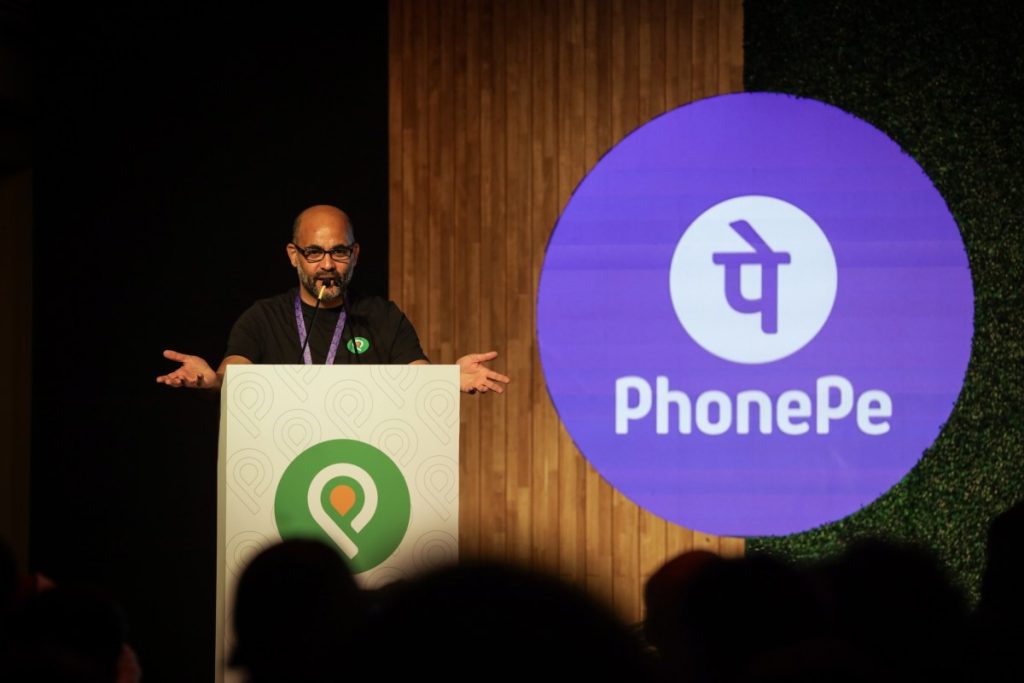India has once again pushed back a controversial plan to limit the control of big tech companies over the country’s digital payments system, widening a regulatory uncertainty that has weighed on the sector for years.
India’s National Payments Corporation said on Tuesday it will extend the deadline for implementing a 30% cap on each company’s share of transactions on the Unified Payments Interface, or UPI, the country’s ubiquitous digital payments network, until on December 31, 2026.
The decision provides temporary relief to Walmart-backed PhonePe and Google Pay, which together handle more than 85% of UPI transactions. The network, which processes over 13 billion transactions per month, has become the backbone of India’s digital economy since its inception eight years ago.
The regulator, which operates under the supervision of India’s central bank and is supported by more than 50 retail banks, has struggled to find ways to enforce market share restrictions without disrupting service to the hundreds of millions of Indians who rely on these payment apps. every day.
Throughout this year, officials held extensive discussions with industry leaders about ways to enforce the limits, but found no viable solution that wouldn’t risk disrupting the consumer experience, according to people familiar with the discussions.
The market share caps were originally proposed in 2020, with an initial deadline later pushed back to 2025. Monday’s decision marks another delay in India’s efforts to check the growing power of global tech giants in the economy. its digital boom.
For PhonePe, which controls nearly half of India’s digital payments market, the expansion provides crucial clarity as it weighs plans for an initial public offering. The company’s top executive had previously cited regulatory uncertainty around the market share cap as a major obstacle to the IPO’s timeline.
The UPI network, which facilitates interoperability between various payment apps and banks, has become the most popular way Indians transact online, used for everything from paying street vendors to taxi fares.
The development highlights the challenges regulators face in balancing consumer convenience with market competition in the digital age, particularly in developing economies where technology adoption has outstripped regulatory frameworks.


